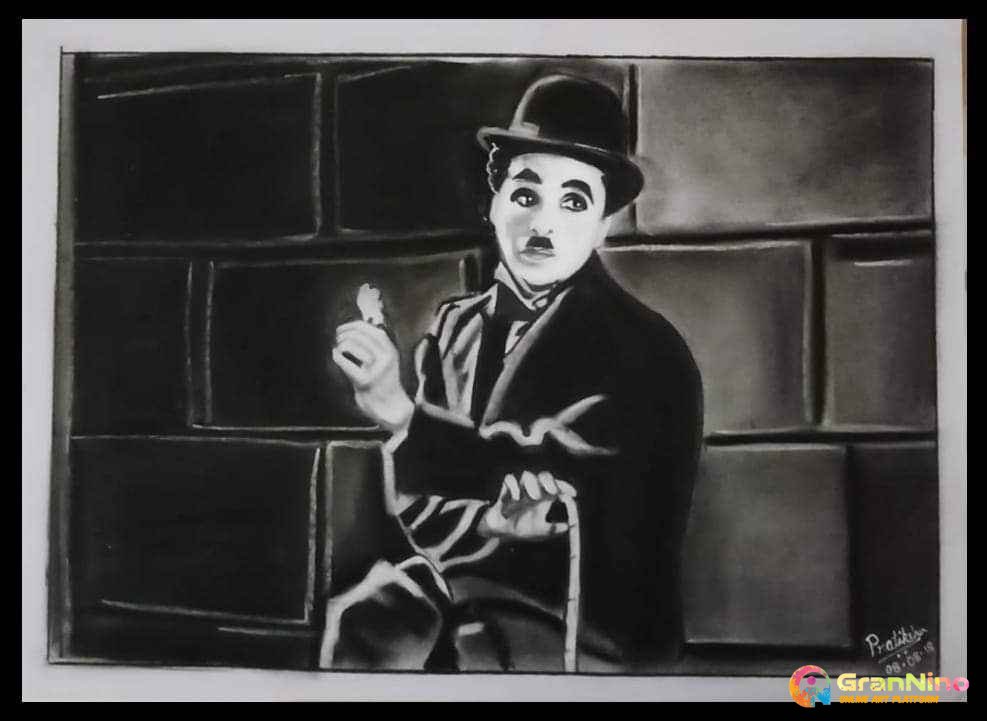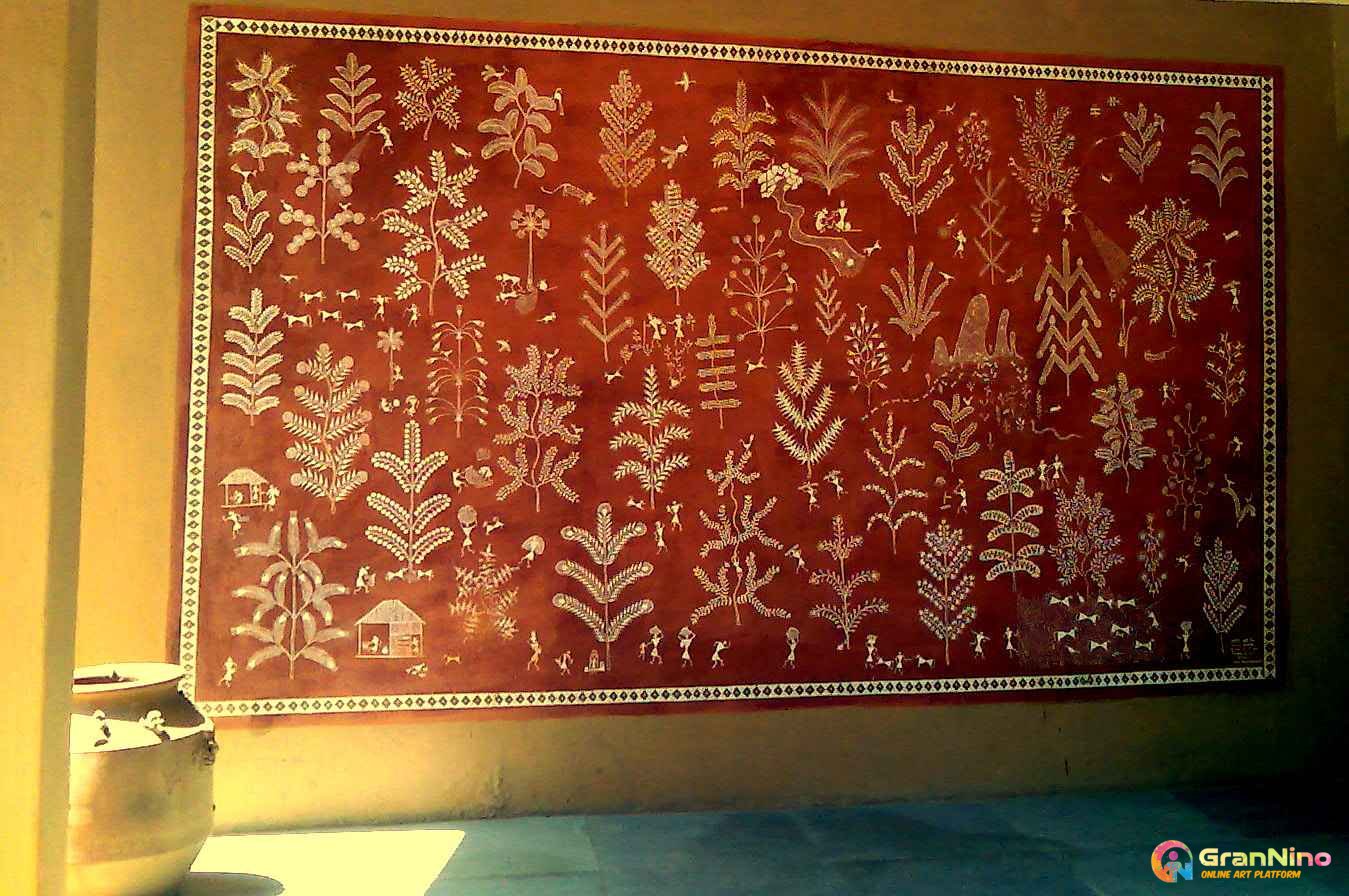Difference Between Tempera Paint and Watercolor
This Painting is also known as egg tempera. can be traced back to the 1st century BC, when it was used to decorate Egyptian sarcophagi. This paint was used to create high-quality art in Bagh Caves, Madhya Pradesh, India, from the late fourth to the tenth centuries. It is also used by artists such as Sandro Botticelli, Duccio, and Carlo Crivelli in the majority of their artworks.
On the other hand, watercolors painted with water-soluble color inks instead of modern watercolors are called aquarellum atramento.watercolor is a popular painting method to produces beautiful artworks.
Watercolor paintings are very ancient, probably originating from Europe's Paleolithic Age. Its history as an artistic medium, on the other hand, stretches back to the Renaissance, almost at 15th century. Albrecht Dürer, a Northern German Renaissance painter known for his stunning watercolors of flowers, animals, and landscapes, is widely regarded as one of the founding fathers of watercolor painting. Hans Bol founded an influential watercolor painting school in Germany during the Dürer Renaissance.
On the contrary, watercolor paints are made up of four major ingredients such as glycerin, bovine bile, honey, and preservatives to vary the viscosity, concealing power, stability, or color of the pigment carrier mixture; and evaporating water as a solvent used to reduce thickness of the paint before to application.
But, watercolors are made up of pigments and binders that are water soluble. watercolors can be used by artists to produce one-of-a-kind paintings that creatively express your imagination. One of the most appealing features of watercolor is the ability to achieve transparency and shine in the painting by just adding layers.
In opposition, Any painting media that employs water as a solvent and may be applied with a brush,pen,or spray is referred to as "aqueous medium." Most inks, watercolor, casein, gouache, and contemporary acrylics fall under this category.
Although, watercolor paper is the most common and traditional carrier medium (the surface on which the paint is applied) for watercolors. Papyrus, bark, plastic, parchment, leather, fabric, wood, and watercolor canvas (coated with gesso specially developed for watercolors) are some of the other supportive mediums for watercolor paintings.
Instead, Tube and pan watercolors are the two types of commercial watercolors available today. Because they are already blended with specific water elements, most paints offered now come in typical, collapsible metal tubes and have a viscosity comparable to toothpaste. This paste must be diluted with water before use. Pan paint comes in two sizes: entire pans and half pans. When watercolor paint comes into contact with skin, it is generally considered safe. But, if you have sensitive skin or are allergic to certain chemicals, you may experience irritation or rashes. If this is the case, always read the ingredients before purchasing any watercolor paints.
Yet, When watercolor paint comes into contact with skin, it is generally considered safe. But, if you have sensitive skin or are allergic to certain chemicals, you may experience irritation or rashes. If this is the case, always read the ingredients before purchasing any watercolor paints. Similarly the watercolor uses synthetic binders and so almost all watercolors are vegan friendly.
Article Details
Publish Date: 12/12/2021
Related Tags:
tempera egg painting tempera painting idea painting with egg yoke watercolor latex painting watercolor painting idea latex color painting
Advertise Here Contact us

SUBSCRIBE TO OUR NEWSLETTER
Most Asked Questions:
- Q. How history is influenced by Tempera ?
- Answer: Tempera is a water soluble and fast drying painting medium, used long before the modern oil paints. This Painting is also known as egg tempera. can ....Read More
- Q. What is used to make Tempera?
- Answer: Tempera paintings are very long-lasting painting medium, and Egg yolk is the primary binder for the painting. But now a days, synthetic binders also u...Read More
- Q. How is the popularity of Tempera among Artists ?
- Answer: Using viscous fluids like egg yolk makes the art more creamy like, which allows artists to create smooth strokes on canvas and helps to make a uniform...Learn More
- Q. Where can I buy Tempera (on Canvas) without commission?
- Answer: If you are looking for best Tempera for commission free purchase, you can check here.
- Q. How to sell Tempera online?
- Answer: If you are looking for best place to exhibit and selling Tempera , you can try GranNino. GranNino provides free art exhibition and commission free art selling.



















